Transformative Teaching: Using Metacognition to Boost Student Achievement.
Two Volumes in One
Metacognitive learning involves students becoming aware of their own thought processes and learning strategies, enabling them to plan, monitor, and assess their understanding and performance. This approach is crucial in schools as it fosters independent and reflective learners who can adapt their strategies to different tasks and challenges. By promoting self-regulation and critical thinking, metacognitive learning helps students become more effective and efficient learners, improving their academic performance and preparing them for lifelong learning.
This manual is so comprehensive that we have divided it into two parts, Part One: Foundations and Strategies for Metacognitive Learning and Part Two: Metacognition and the Power of Mistakes.
- Part 1 is a comprehensive guide for teachers on understanding and implementing metacognitive strategies to help students become more effective, independent learners. It provides examples for many subject areas.
- Part 2 delves into the critical role mistakes play in the learning process. This section provides teachers with comprehensive strategies to help students leverage their errors for deeper understanding and skill development. Educators can transform mistakes into powerful learning opportunities that drive student achievement by fostering a classroom environment that normalises mistakes, encouraging reflective practices, and using metacognitive strategies to analyse and learn from errors.
- The Appendix section provides you with worksheets, self-assessment templates, a glossary of terms and a list of additional resources and reading material (included in Part 1).
Over 480 pages filled with step-by-step guides, strategies, examples and templates that cover all areas of this manual and help you in all subjects and for age groups. As these are all in PDF and Google Doc format, you can copy, modify and customise parts for use in your school with ease. You will not get this versatility provided in any textbook.
Make sure you get copies for your school today!
The content details of “Transformative Teaching: Using Metacognition to Boost Student Achievement” are…
Contents of Part One, Foundations and Strategies for Metacognitive Learning [purchase individually]
- Chapter 1: Introduction to Metacognition
1.1 Understanding Metacognition 1.2 The Importance of Metacognitive Skills in Education 1.3 Theoretical Foundations of Metacognition 1.4 Benefits of Metacognition for Students and Teachers - Chapter 2: Metacognitive Knowledge
2.1 Types of Metacognitive Knowledge 2.2 Self-Knowledge: Understanding Personal Learning Styles 2.3 Task Knowledge: Analyzing and Understanding Academic Tasks 2.4 Strategy Knowledge: Knowing How to Approach Learning - Chapter 3: Metacognitive Regulation
3.1 Planning: Setting Goals and Selecting Strategies 3.2 Monitoring: Tracking Progress and Understanding 3.3 Evaluating: Assessing Outcomes and Effectiveness 3.4 Adjusting Strategies Based on Feedback - Chapter 4: Creating a Metacognitive Classroom Environment
4.1 Fostering a Growth Mindset 4.2 Encouraging Self-Reflection and Self-Assessment 4.3 Building a Supportive Classroom Culture 4.4 Developing Metacognitive Routines - Chapter 5: Teaching Metacognitive Strategies
5.1 Explicit Instruction of Metacognitive Strategies 5.2 Integrating Metacognitive Strategies into Curriculum 5.3 Scaffolding and Gradual Release of Responsibility 5.4 Using Think-Alouds to Model Metacognitive Processes - Chapter 6: Metacognition in Reading
6.1 Metacognitive Strategies for Reading Comprehension 6.2 Teaching Students to Monitor Their Understanding 6.3 Techniques for Summarizing and Synthesizing Texts 6.4 Reflective Reading Practices - Chapter 7: Metacognition in Writing
7.1 Planning and Organizing Writing Tasks 7.2 Self-Monitoring During the Writing Process 7.3 Revising and Editing with a Metacognitive Approach 7.4 Reflective Writing Practices
Chapter 8: Metacognition in Mathematics - 8.1 Problem-Solving Strategies 8.2 Monitoring Understanding and Identifying Errors 8.3 Reflective Practices in Mathematics 8.4 Applying Metacognitive Skills to Mathematical Reasoning
- Chapter 9: Metacognition in Science
9.1 Inquiry-Based Learning and Metacognition 9.2 Developing Hypotheses and Planning Experiments 9.3 Monitoring and Adjusting Scientific Investigations 9.4 Reflecting on Scientific Findings and Processes - Chapter 10: Assessing Metacognitive Skills
10.1 Formative Assessment Techniques 10.2 Summative Assessment of Metacognitive Skills 10.3 Self-Assessment and Peer Assessment 10.4 Using Assessment Data to Inform Instruction - Chapter 11: Supporting Diverse Learners with Metacognition
11.1 Differentiating Metacognitive Instruction 11.2 Metacognitive Strategies for Students with Learning Difficulties 11.3 Culturally Responsive Metacognitive Practices 11.4 Addressing the Needs of Gifted Students - Chapter 12: Technology and Metacognition
12.1 Digital Tools for Metacognitive Development 12.2 Using Technology to Enhance Self-Reflection 12.3 Online Learning Environments and Metacognition 12.4 Gamification and Metacognitive Skills - Chapter 13: Professional Development for Teachers
13.1 Training Teachers in Metacognitive Strategies 13.2 Collaborative Learning Communities 13.3 Reflective Teaching Practices 13.4 Continuous Improvement and Metacognitive Growth - Chapter 14: Conclusion and Future Directions
15.1 Summarizing Key Points 15.2 The Future of Metacognitive Instruction 15.3 Encouraging Lifelong Metacognitive Learners 15.4 Final Thoughts and Reflections. - Appendix: Metacognitive Strategy Worksheets, Reflection and Self-Assessment Templates, Additional Resources and Reading, Glossary of Terms
Contents of Part Two, Metacognition and the Power of Mistakes [purchase individually]
- Chapter 1: Embracing Mistakes as Learning Opportunities
1.1 The Role of Mistakes in the Learning Process 1.2 Developing a Positive Attitude Toward Mistakes 1.3 Shifting from a Fixed to a Growth Mindset - Chapter 2: Metacognitive Strategies for Mistake Analysis
2.1 Encouraging Self-Reflection After Mistakes 2.2 Techniques for Identifying the Root Causes of Errors 2.3 Developing Plans for Avoiding Repeated Mistakes - Chapter 3: Creating a Mistake-Friendly Classroom Environment
3.1 Normalising Mistakes in Classroom Culture 3.2 Encouraging Open Discussion About Errors 3.3 Building Trust and Psychological Safety - Chapter 4: Teaching Students to Learn from Mistakes
4.1 Guided Reflection Practices 4.2 Constructive Feedback and Its Role in Metacognition 4.3 Using Mistakes to Develop Problem-Solving Skills - Chapter 5: Mistakes in Reading and Writing
5.1 Common Mistakes in Reading Comprehension and Analysis 5.2 Reflective Reading Practices for Error Correction 5.3 Writing Mistakes: Identifying and Correcting Them - Chapter 6: Mistakes in Mathematics
6.1 Understanding and Addressing Mathematical Errors 6.2 Reflective Practices for Correcting Math Mistakes 6.3 Encouraging Persistence and Resilience in Math Learning - Chapter 7: Mistakes in Scientific Inquiry
7.1 Learning from Experimental Errors 7.2 Reflective Practices in Scientific Investigations 7.3 Using Mistakes to Enhance Scientific Understanding - Chapter 8: Mistakes in Creative Subjects
8.1 Learning from Mistakes in Art and Music 8.2 Reflective Practices in Creative Endeavours 8.3 Using Feedback to Foster Creative Growth - Chapter 9: The Teacher’s Role in Guiding Mistake-Driven Learning
9.1 Modelling Positive Responses to Mistakes 9.2 Providing Constructive and Metacognitive Feedback 9.3 Encouraging a Reflective Teaching Practice - Chapter 10: Assessment and Reflection on Mistakes
10.1 Formative Assessment Techniques for Identifying Mistakes 10.2 Summative Assessment and Reflective Practices 10.3 Using Assessment Data to Inform Instruction.
Download your Metacognition library today!
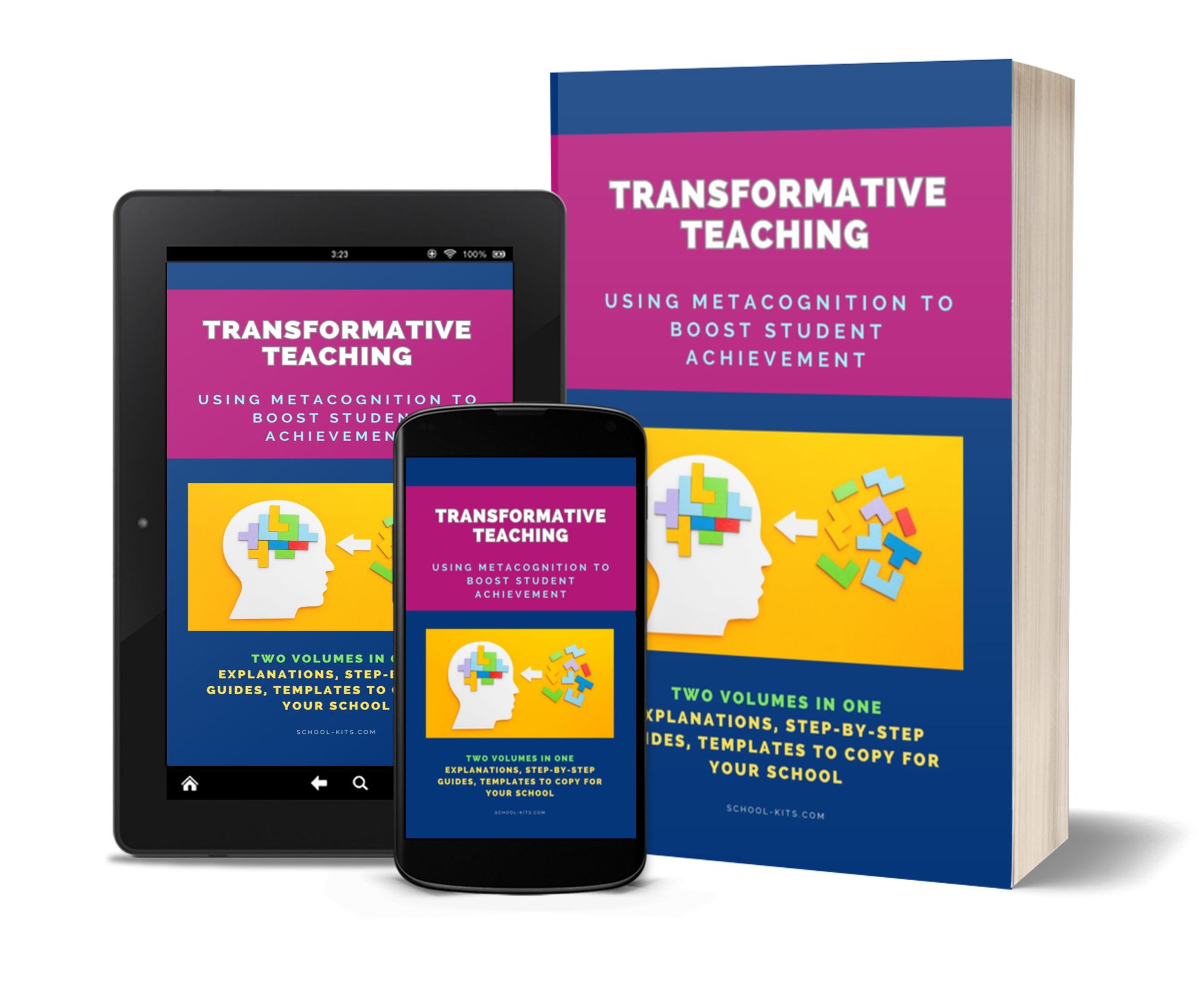


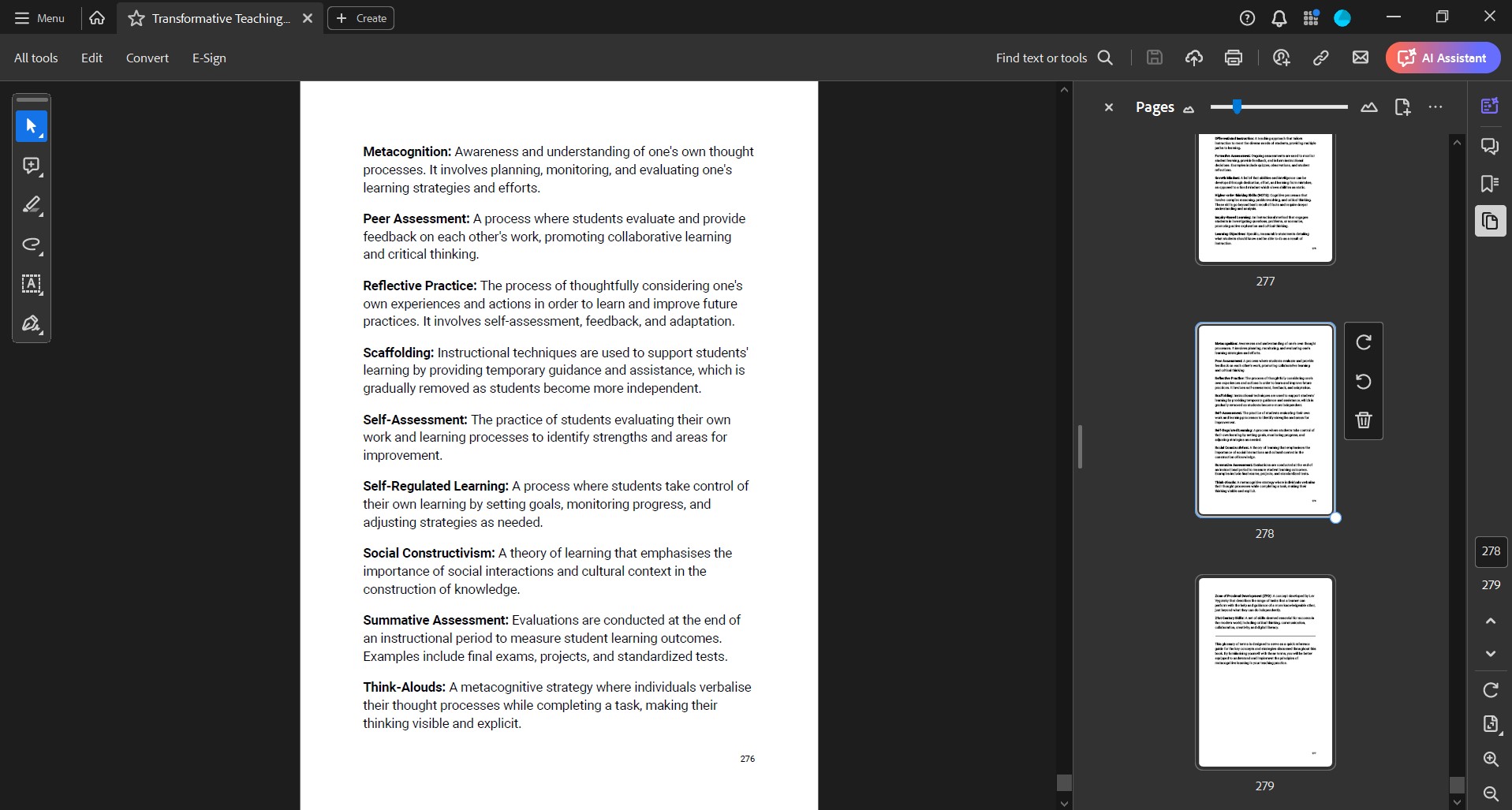
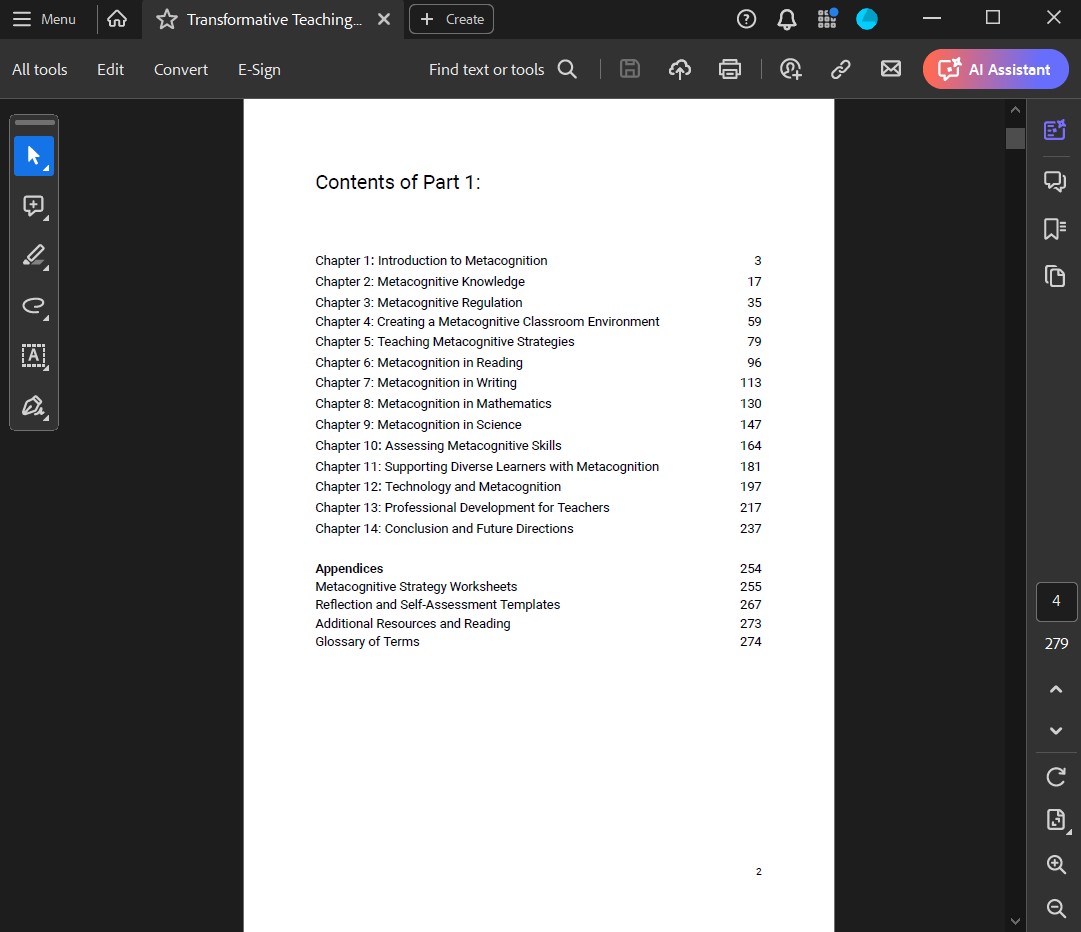
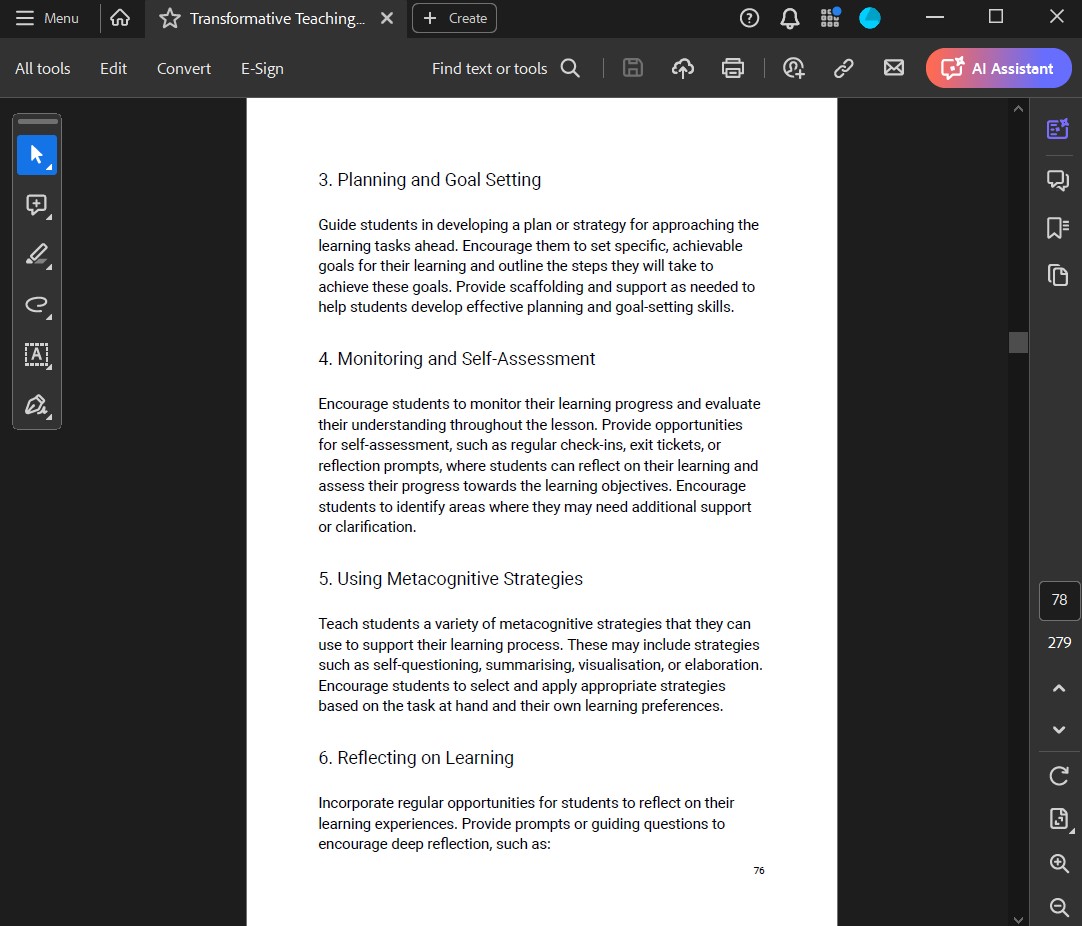
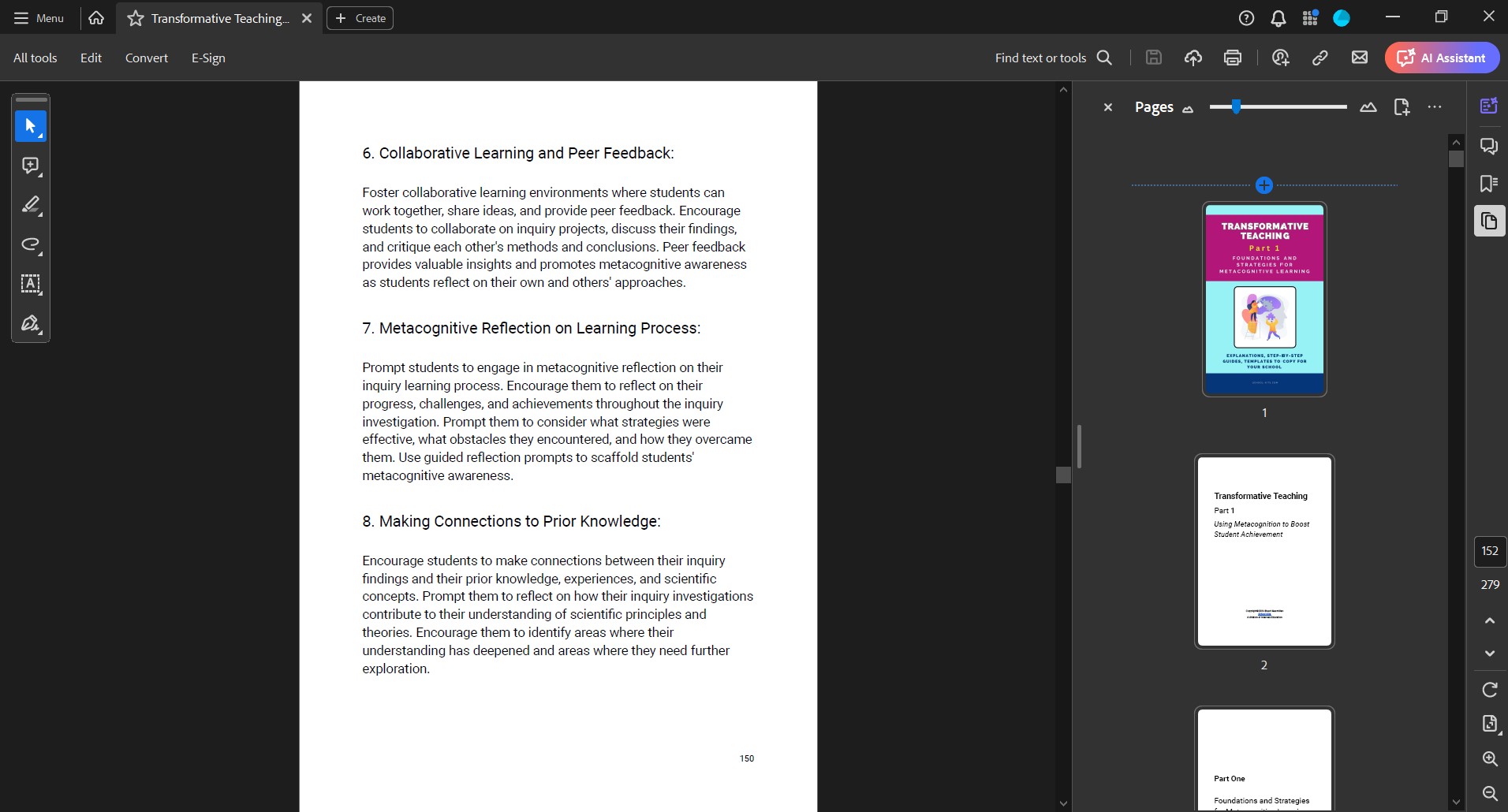
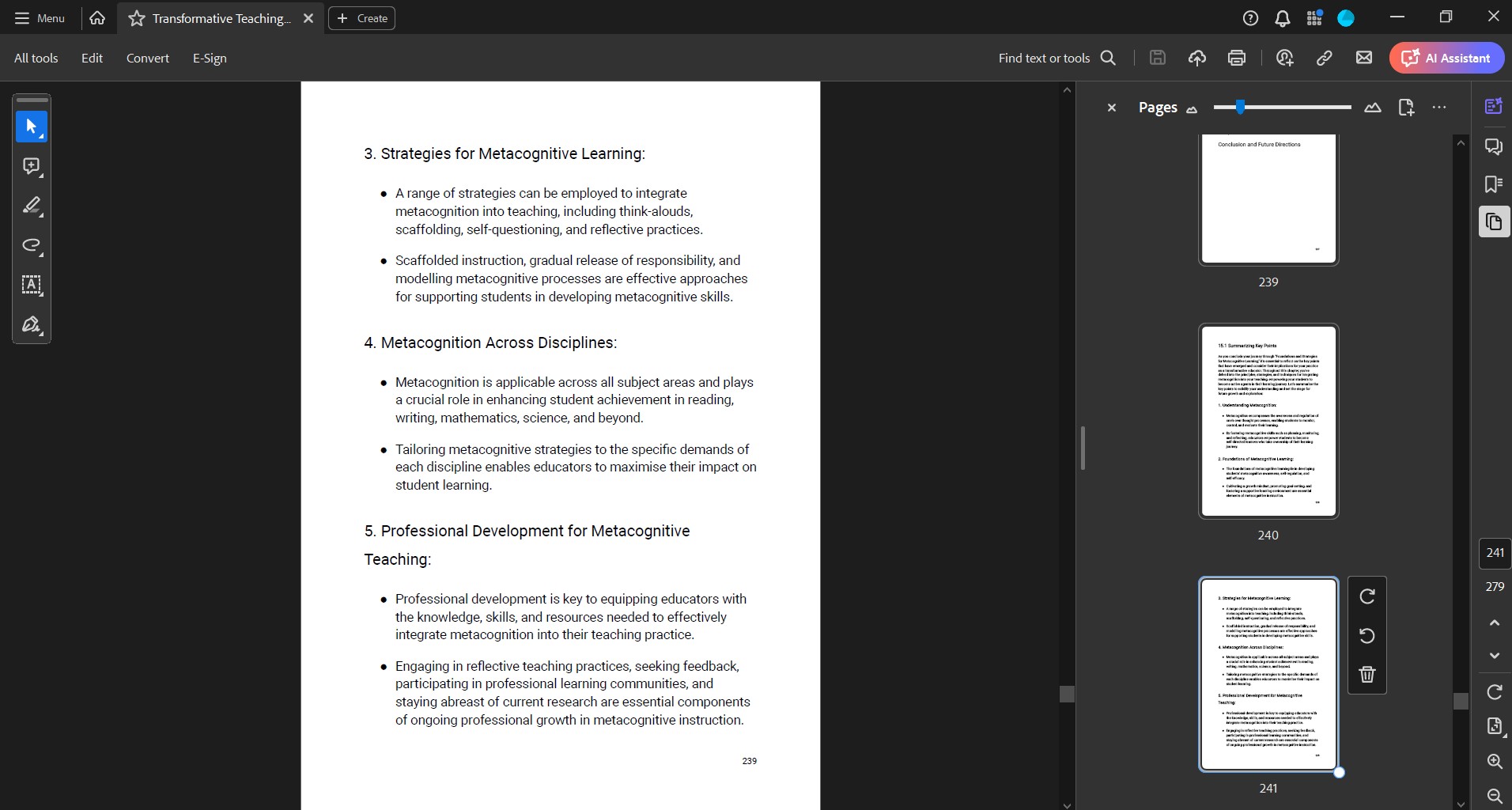
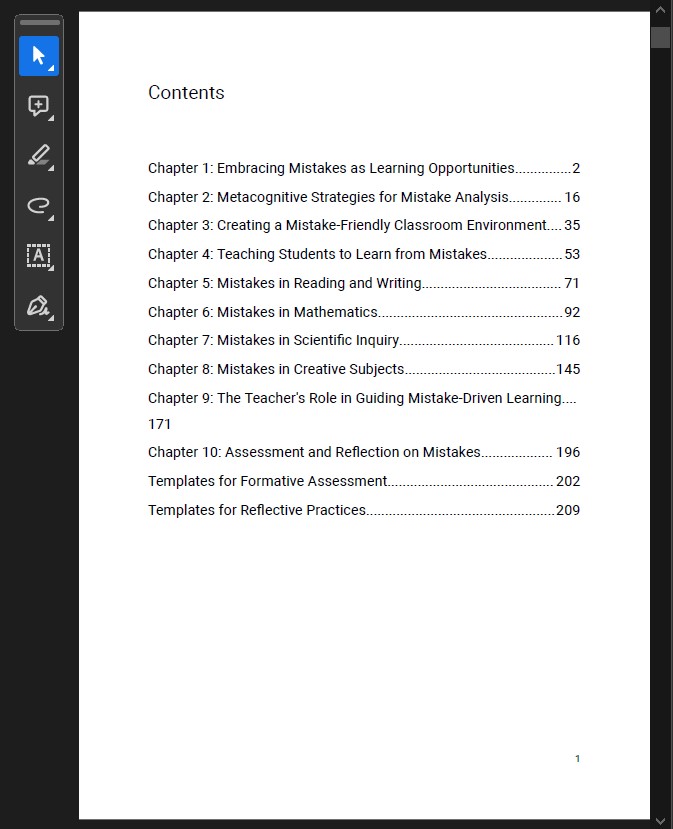
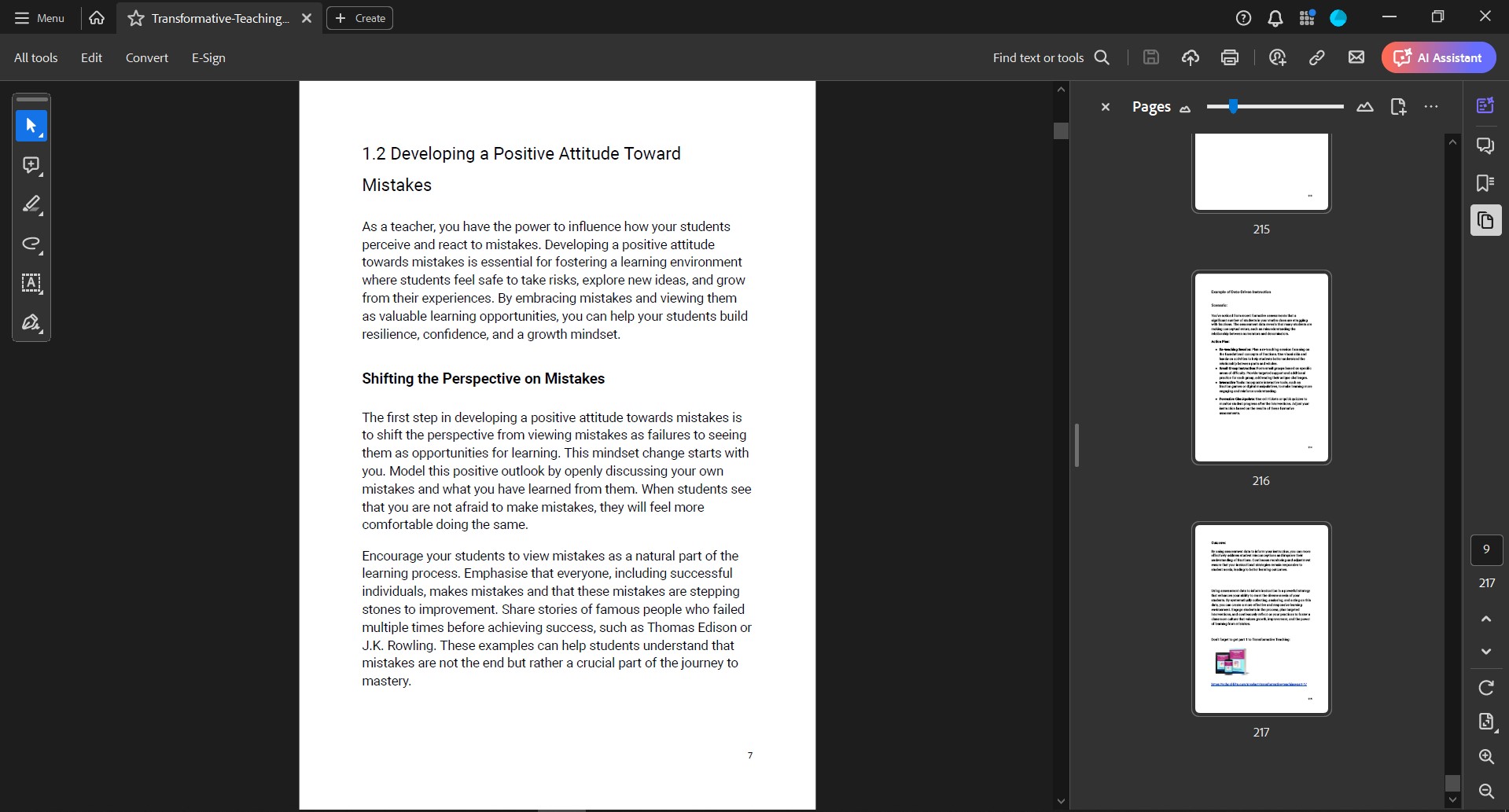
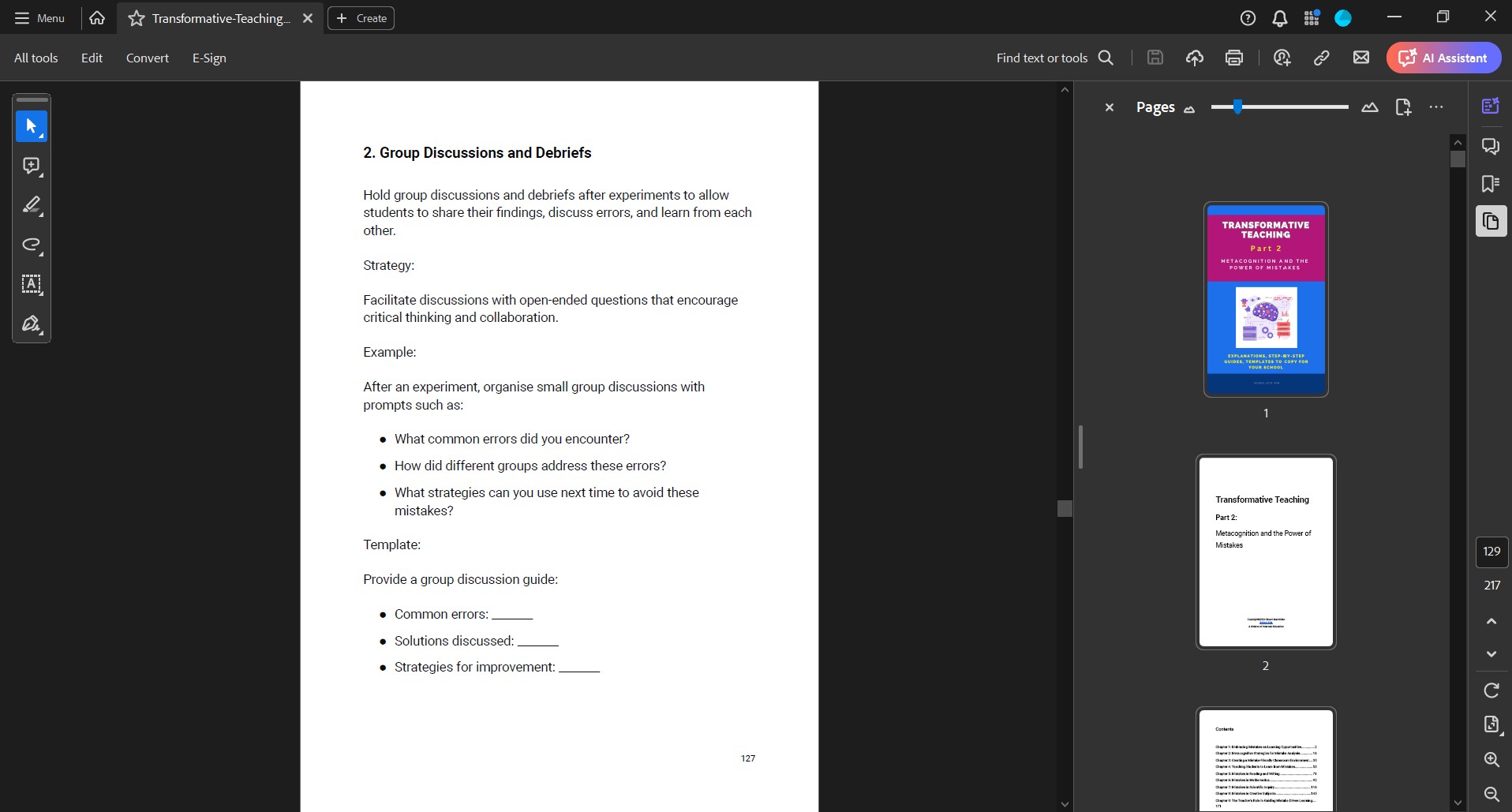

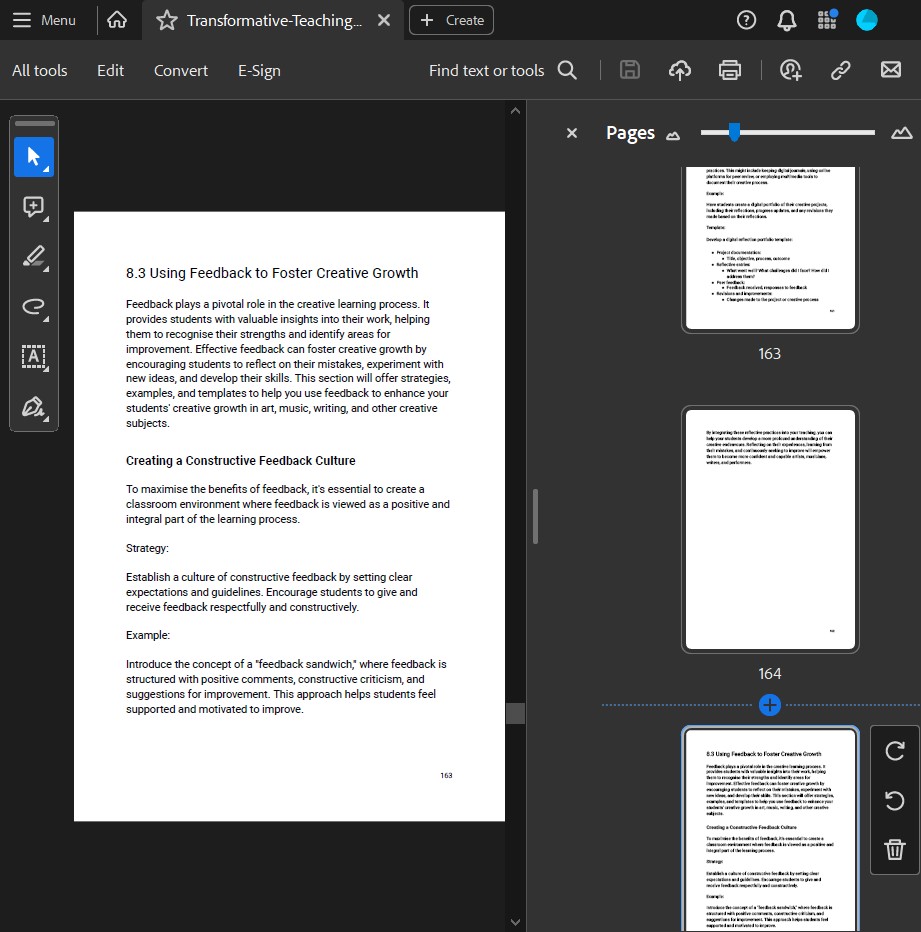
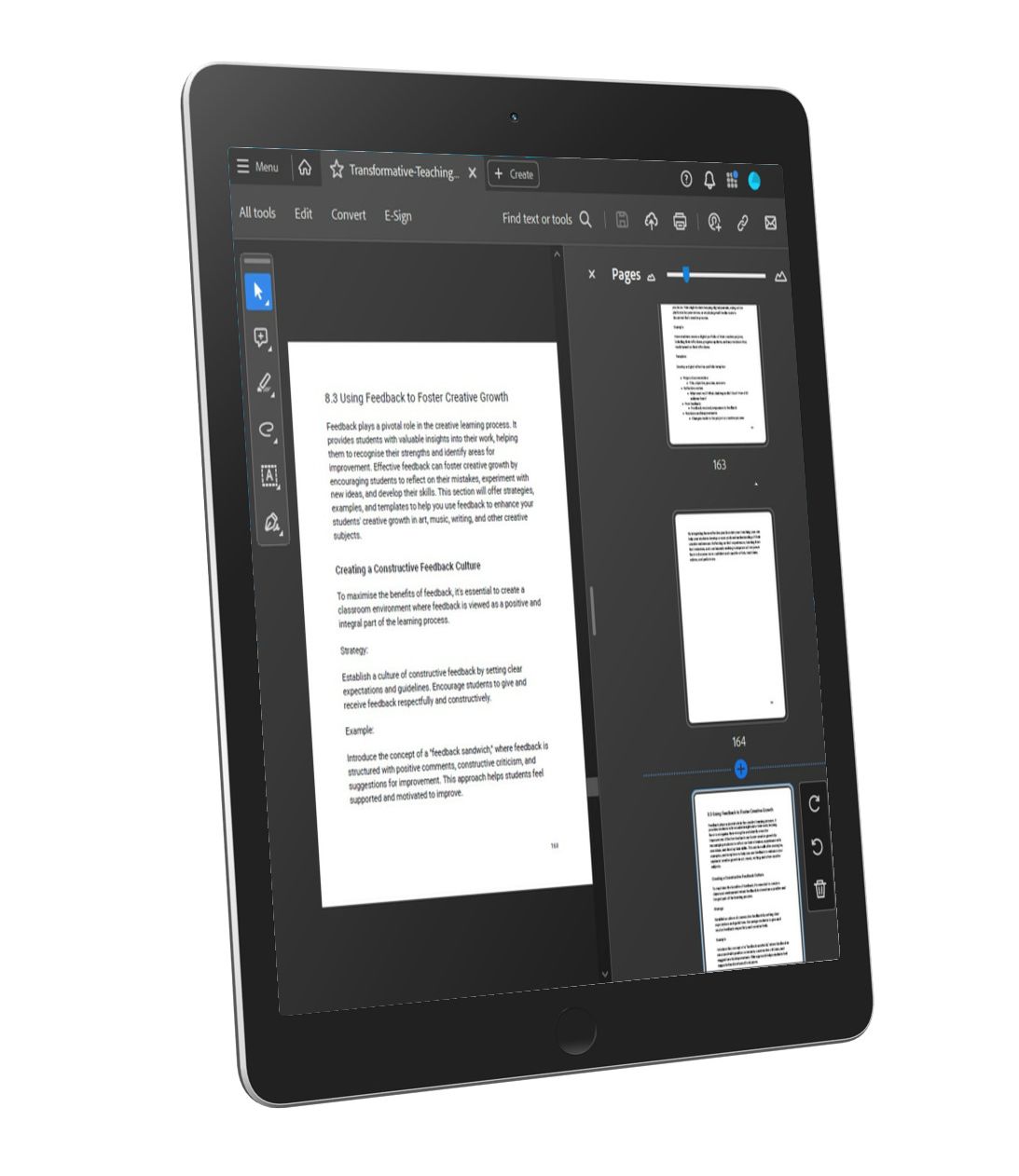
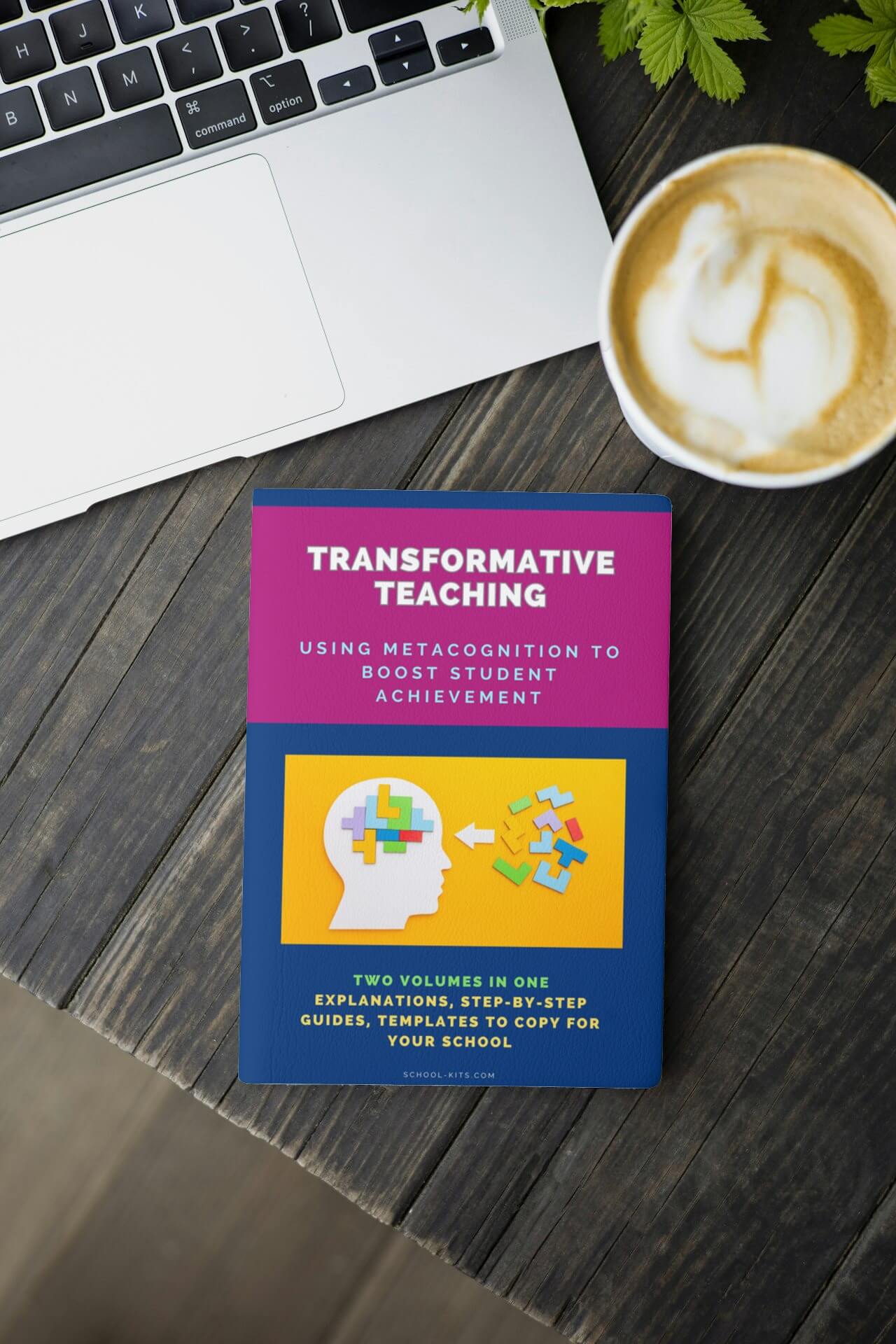

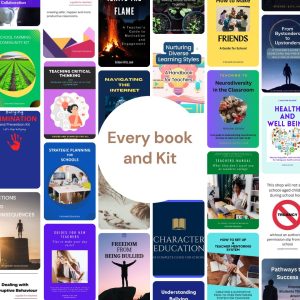
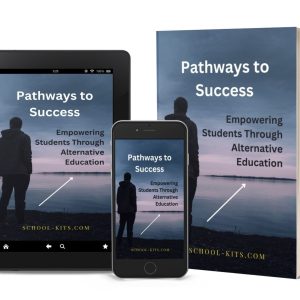
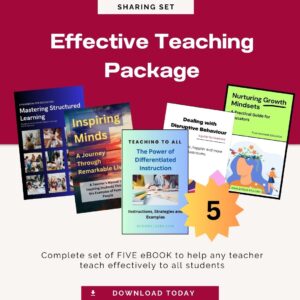


Reviews
There are no reviews yet.